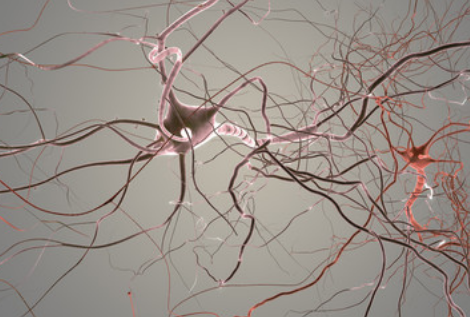Psychopathy is a relatively uncommon mental disorder, yet its socioeconomic burden on society can be extremely damaging. Psychopaths lack full emotional awareness and decision-making skills of non-psychopathic individuals, making them more likely to deceive others, make rash decisions, and ultimately commit crimes. In fact, while only one percent of the general population are considered psychopaths, that percentage rises to twenty-five percent in prison populations.
Although psychopathy is well-diagnosed by comprehensive tests, the underlying neural mechanisms that cause psychopathy are still unclear. Only in last decade have researchers begun to study the differences in brain activity between normal and psychopathic brains. Specifically, these studies focus on analyzing “neural connectivity,” or how different areas of the brain communicate with each other.
Traditional methods of analyzing neural connectivity can determine whether or not certain regions of the brain send signals with each other, but cannot determine how efficient these networks are. In other words, imagine knowing that a package was delivered from New York to Los Angeles, but not knowing what route the package took. However, Scott Tillem, a PhD Candidate in Yale’s Department of Psychology, has been using a novel approach in connectivity analysis to study psychopathy. His approach not only determines which region of the brains are communicating with each other, but also how efficiently they’re communicating and how these networks are wired. For example, a less efficient network would send packages through thousands of local post offices via a “line configuration,” while a more efficient network would send the packages to a centralized hub and to their final destination via a “star configuration.”
To investigate how psychopathic brains differ from normal ones, Tillem had 172 participants first undergo a psychopathy evaluation to determine their degree of factor one and factor two traits. Factor one traits include superficial charm, difficulty forming relationships, and lack of empathy, while factor two include impulsive behavior. Then, each participant underwent an electroencephalogram (EEG) brain scan, where electrodes placed around a participant’s head recorded electrical activity in different areas of the brain. Lastly, Tillem analyzed the EEG data to determine the efficiency and connectivity of the participants’ brains.
Tillem found that participants with high levels of factor one psychopathic traits had less efficient neural communication, and that their neural connectivity is more line-like. This inefficiency could explain why individuals with factor one traits might only process the personal benefits of an action and not the social or moral consequences of it, such as breaking the law or damaging a relationship.
However, what surprised Tillem was participants with high levels of factor two psychopathic traits had hyper efficient neural communication, meaning that their neural connectivity was even more star-like than the brains of non-psychopathic individuals. A possible reason for this, Tillem guesses, is that super high efficiency comes at a price of lower reliability. That could explain why individuals with factor two traits typically act normal, but during times of high stress, tend to make reckless and impulsive decisions.
Tillem’s research shines light on the neural underpinnings of psychopathy, but also has major implications on how the criminal justice system treats psychopaths. “Because psychopaths might fundamentally process information more slowly, are they equally responsible for crimes committed in a time pressure situation if they’re physically unable to process all the relevant information?” said Tillem. He also believes that his findings can inform police officers, lawyers, and corrections officers how to better interact with psychopaths. “Instead of demanding a response right away, giving psychopaths more time to process questions and advice might allow them to adequately respond to questions and take advice better.”
Tillem already plans to conduct a follow-up study with significantly more participants, focusing on individuals high on both factors of psychopathy. Ultimately, he hopes that knowledge on the neural causes of psychopathy will reach a point where a brain scan could determine if a patient has psychopathic traits and if so, how to best accommodate those individuals.

